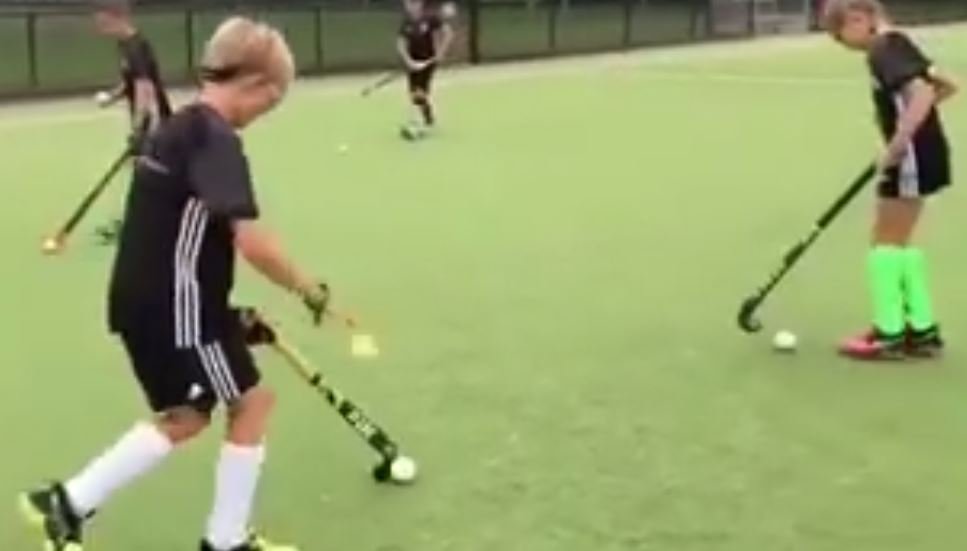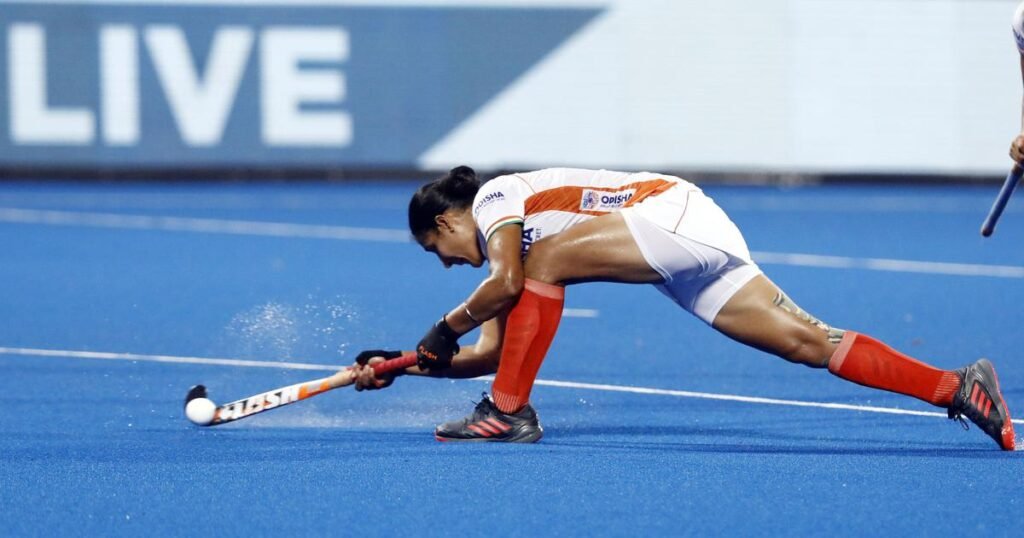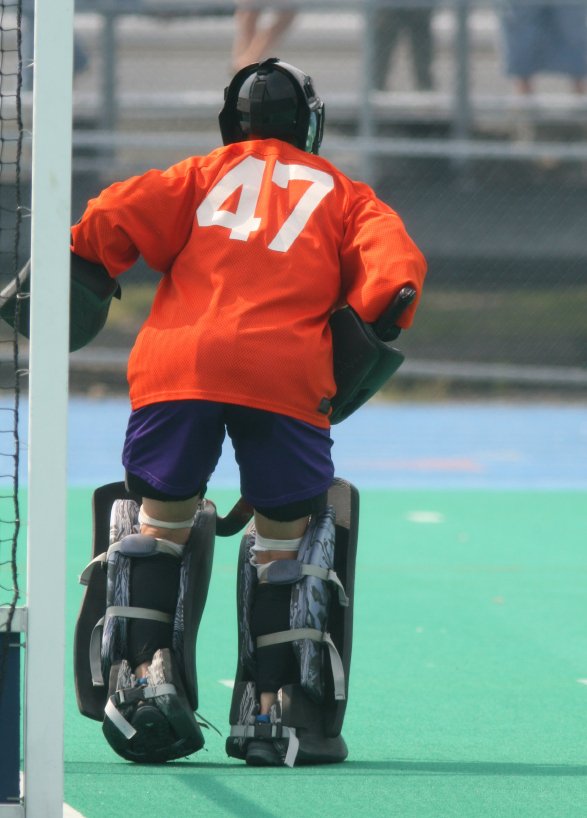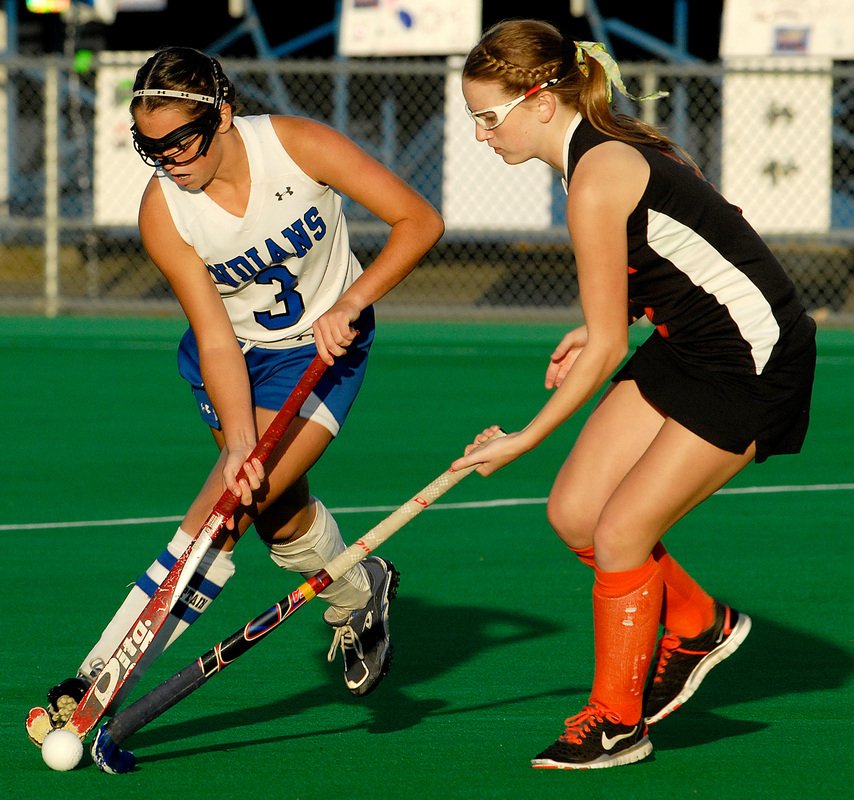As a passionate field hockey player and an avid fan of the sport, I’ve always been fascinated by the various techniques used on the pitch. One of the most critical skills in a player’s arsenal is the art of tackling.
In this article, we’ll delve into the nuances of stick tackle vs sliding tackle in field hockey, comparing their effectiveness, safety, and legalities.
Whether you’re a seasoned player or a newcomer to the sport, understanding these tactics is essential for improving your game and appreciating the sport’s strategic depth.
Stick Tackle in Field Hockey

Definition and Technique
A stick tackle is a fundamental defensive move in field hockey where a player uses their stick to legally take the ball away from an opponent.
The technique involves approaching the opponent from a balanced position, timing the tackle to coincide with the opponent’s dribble, and using the flat side of the stick to make contact with the ball. It’s crucial to maintain control and avoid any contact with the opponent’s body or stick to prevent fouls.
Advantages
- Control: Stick tackles allow for greater control over the ball once it’s won, enabling quick transitions into offensive play.
- Precision: With practice, players can execute stick tackles with high precision, minimizing the risk of committing fouls.
- Less Risky: Compared to sliding tackles, stick tackles are generally less risky and less likely to result in injuries or penalties.
Disadvantages
- Physical Demand: Stick tackles require excellent footwork and agility, which can be physically demanding over the course of a match.
- Less Reach: Players have a limited reach with stick tackles, potentially making it harder to dispossess opponents with longer reaches or quicker moves.
- Requires Skill: Effective stick tackling is a skill that takes time to develop, with a steep learning curve for beginners.
Sliding Tackle in Field Hockey
Definition and Technique
A sliding tackle is a more aggressive defensive technique where a player slides on the ground to intercept the ball from an opponent. The player must time their slide carefully, aiming to use their stick to play the ball away from the opponent while avoiding any dangerous play. It’s a high-risk maneuver that requires a good understanding of the game’s rules to avoid penalties.
Advantages
- Surprise Element: Sliding tackles can catch opponents off-guard, creating opportunities to regain possession.
- Extended Reach: The sliding motion extends the player’s reach, allowing them to cover more ground.
- Effective in Certain Situations: In specific scenarios, such as preventing a goal, a sliding tackle can be the most effective way to stop the opponent.
Disadvantages
- High Risk: Sliding tackles carry a higher risk of injury to both the tackler and the opponent.
- Potential for Penalties: If executed poorly, sliding tackles can lead to penalties, including penalty corners or cards.
- Recovery Time: After a slide, players need more time to recover and rejoin the play, which can leave gaps in the defense.
Comparison of Stick Tackle and Sliding Tackle

Effectiveness
Stick tackles are generally more effective for maintaining possession and control during regular play, while sliding tackles can be decisive in critical moments to prevent scoring opportunities. However, the effectiveness of each tackle depends on the situation and the skill of the player executing the move.
Safety
Stick tackles are safer for both the defender and the opponent, as they involve less physical contact. Sliding tackles, on the other hand, have a higher propensity for causing injuries due to the nature of the move and the potential for dangerous play.
Legalities
In field hockey, the legality of tackles is governed by strict rules to ensure fair play. Stick tackles are widely accepted as long as they are clean and do not impede the opponent. Sliding tackles are scrutinized more closely by umpires, and players must execute them with caution to avoid penalization for dangerous play or obstruction.
Conclusion

In conclusion, both stick tackles and sliding tackles have their place in field hockey, each with distinct advantages and disadvantages. As players, we must understand when and how to use these techniques effectively while adhering to the rules of the game.
By mastering the art of tackling, we can enhance our defensive capabilities and contribute to the success of our teams. Remember, the key to any successful tackle is timing, precision, and a deep respect for the safety of all players on the field.







